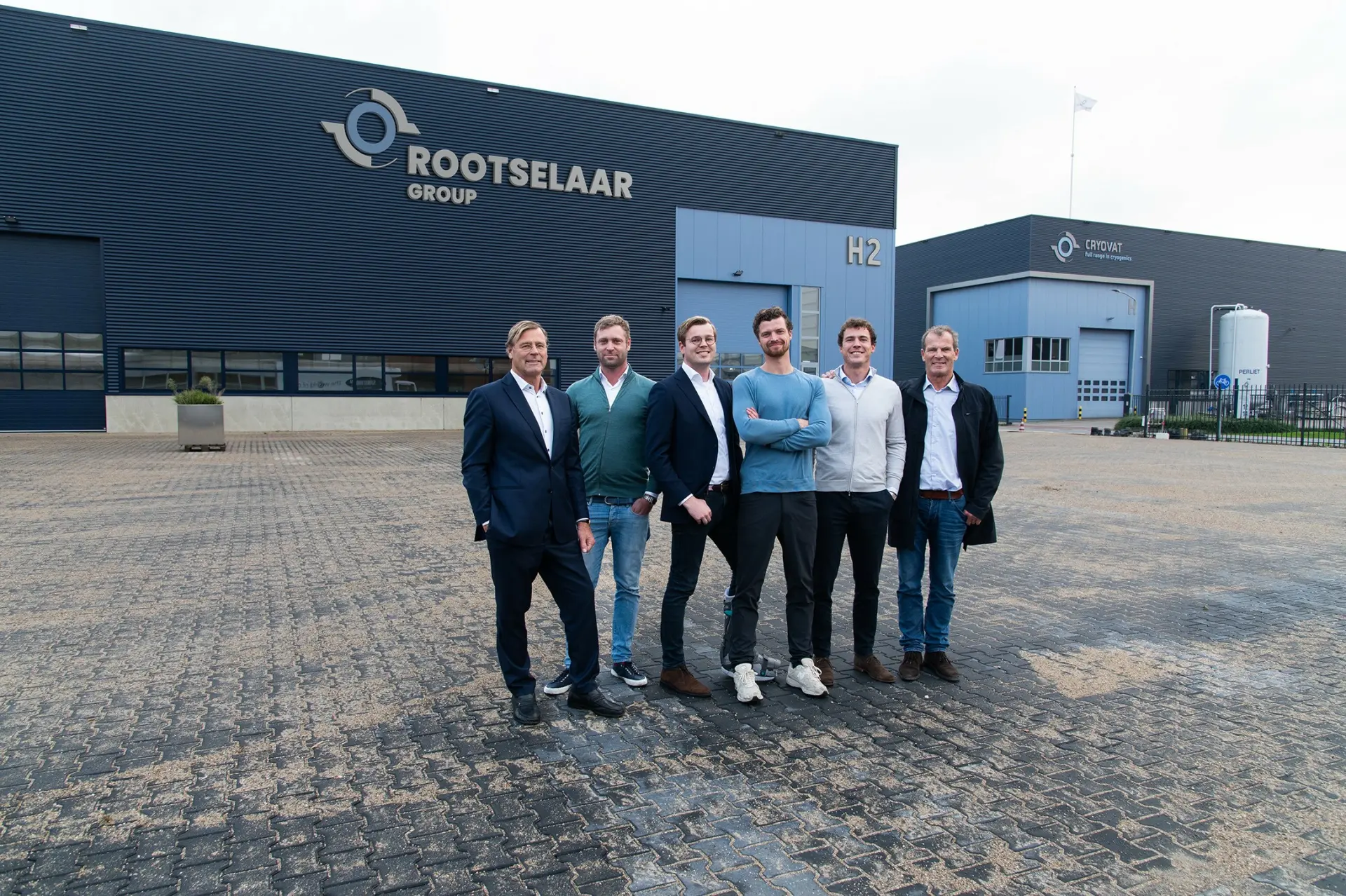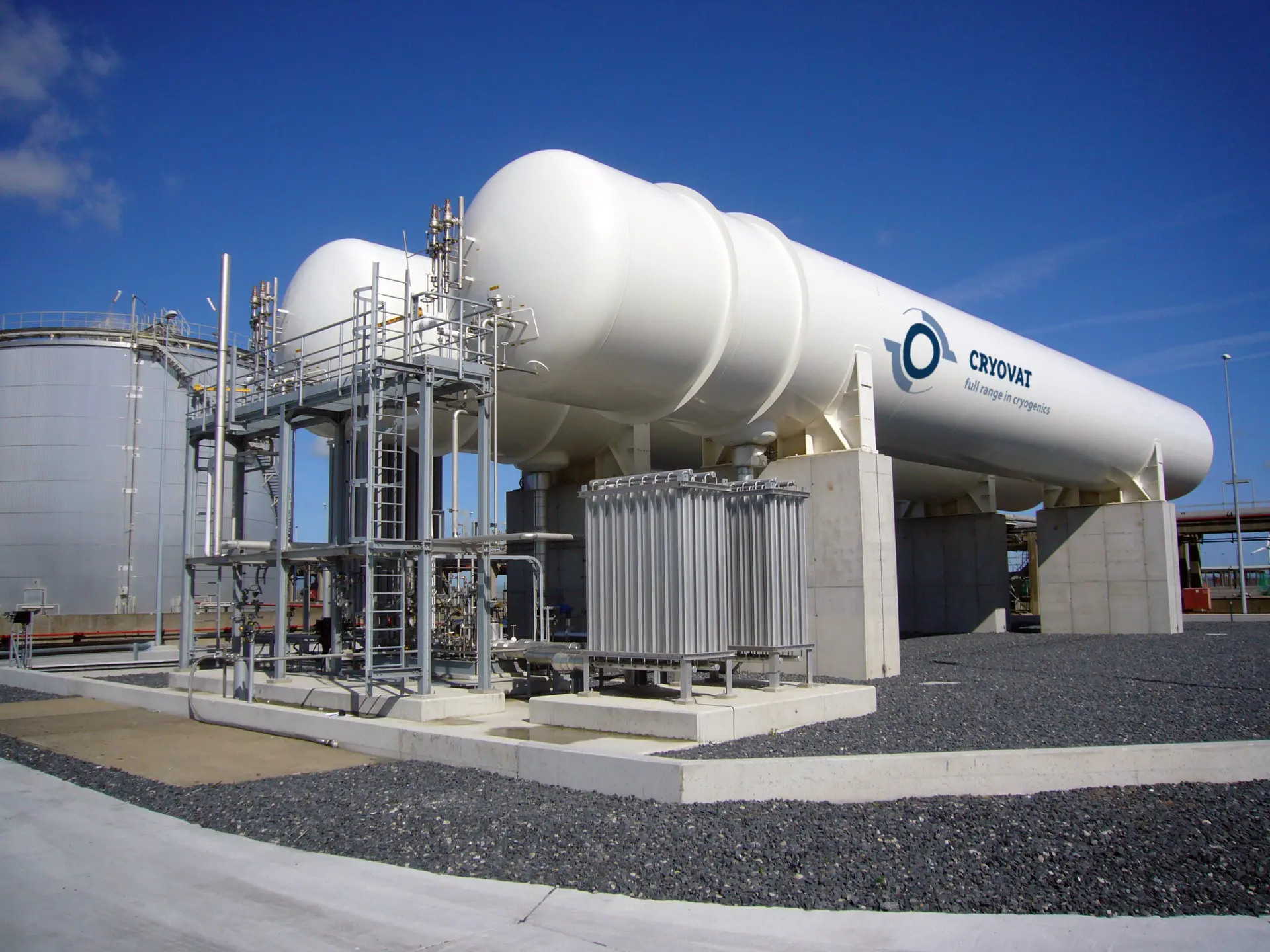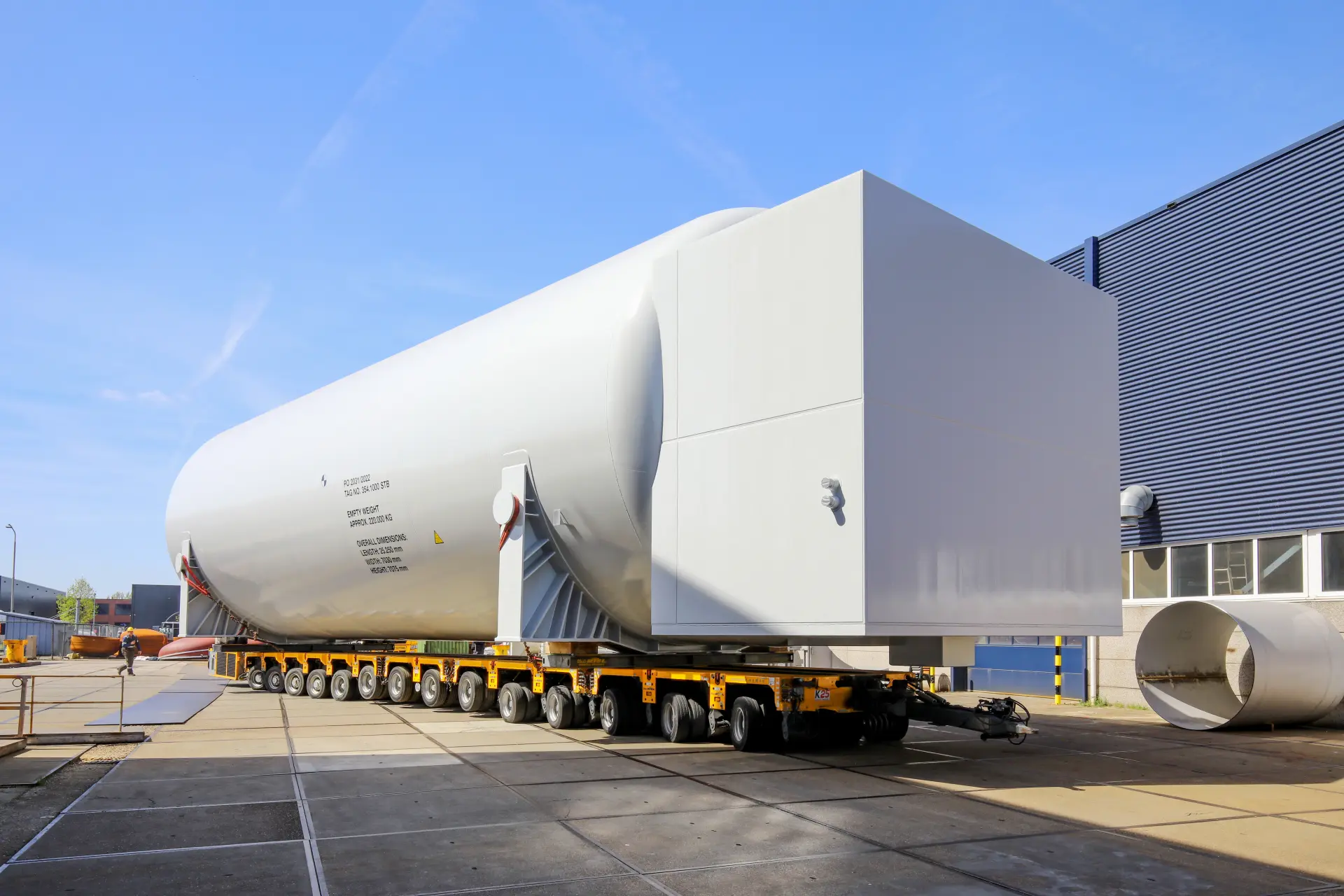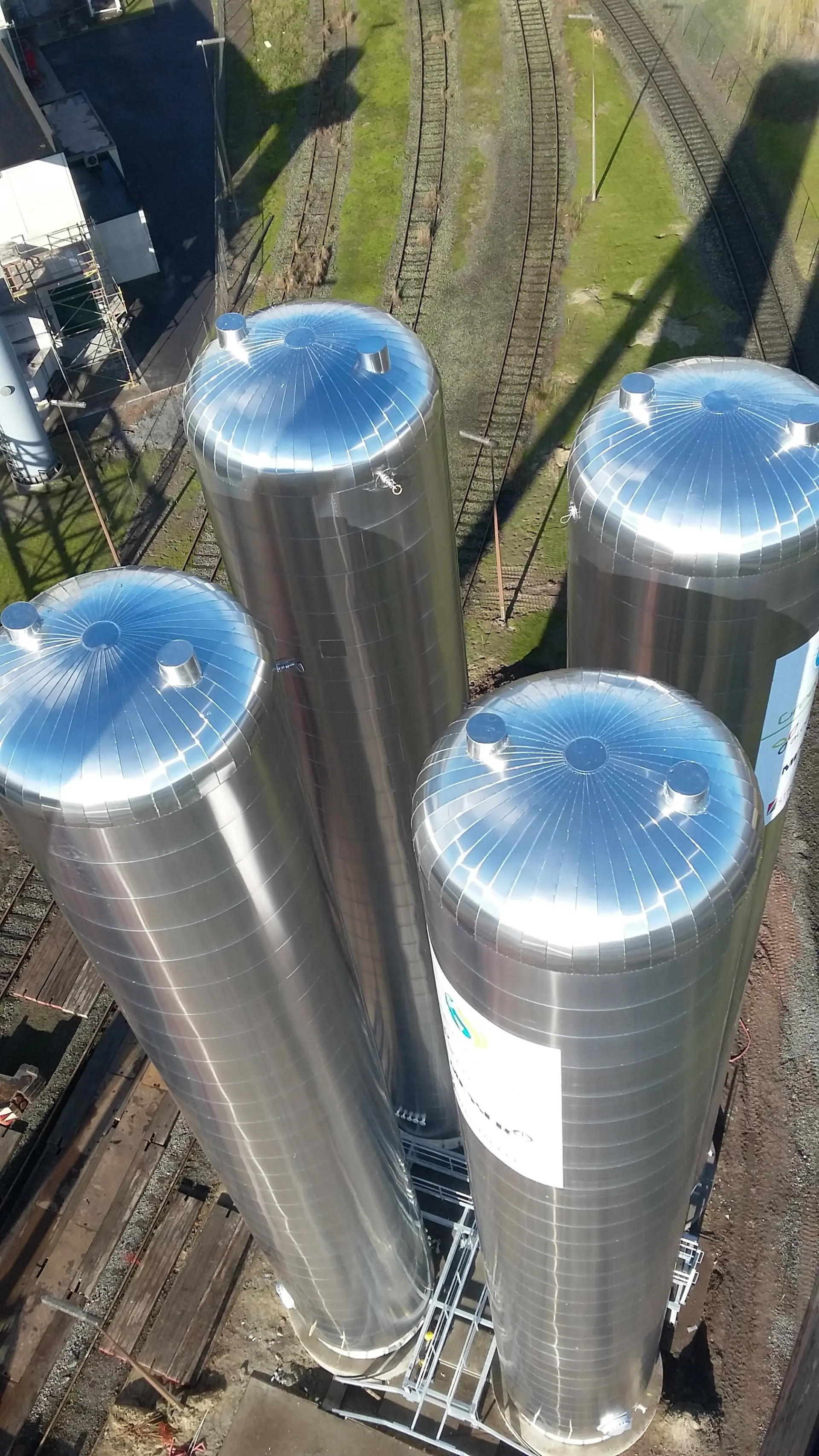Rootselaar on hydrogen, cryogenics and the evolution of alternative fuels


The next few years will see alternative fuels making strides, but quite how things will precisely unfold is hard to predict. Christian Annesley spoke to Rootselaar CEO Wim Van Rootselaar about how this diversified, family-owned Dutch business can flex for what’s next
The energy transition has many elements to it – and today it remains unclear the pace at which each of those elements will develop. Opportunities in hydrogen, ammonia, LNG, and carbon capture, for example, are all moving forward every day – but, like all elements of the transition that’s underway, they come with a degree of uncertainty attached. This reality makes plotting a path forward testing for many in the industry, however we choose to characterise the state of play today.
Navigating this reality while delivering for customers right now goes to the heart of things for Rootselaar Group and all its businesses. This Dutch, family-owned operation has been trading since the 1950s and does business all over the world. It has been highly international in its outlook for the past three decades. With such a hard-to-predict evolving environment, the group has, says its CEO Wim Van Rootselaar, very consciously sought to develop a balanced portfolio of technologies that can meet the growth in alternative fuels, as well as carbon capture, while going about things from day to day. It is a strategy that should serve it well whatever direction things take next.
“Hydrogen is of course a crucial piece in the puzzle when it comes to the energy transition,” Van Rootselaar tells gasworld. “But the pace of its growth from here, and especially when it comes to green and low-carbon hydrogen demand, remains hard to gauge.” It is a molecule, of course, that makes stringent cryogenic demands, which plays to Rootselaar’s strengths, but it is still an opportunity that has required the company to stick its neck out with new investments and innovations. “While cryogenics is our sweet spot, hydrogen poses a particular challenge, with the ultra-low temperatures involved. Under our Cryovat brand, we have developed stationary liquid hydrogen tanks in anticipation of a sharp uptick in demand at some point, but we are already seeing orders for ISO tank containers,” he says. “When it comes to making investments, you need to keep pushing ahead and thinking about the long term, and that’s something we are very comfortable doing. As an independent, family-owned business with a strong financial position, we can make these kinds of strategic investments without having to factor in whether they will deliver an immediate payback for external investors. That’s a great way to stay ahead of the curve, of course, and that’s where we want to be when it comes to hydrogen.”
One branch of the growing hydrogen economy lies in ammonia, of course, and because it is already well-established in markets like fertilisers, and has a higher volumetric hydrogen density than liquid hydrogen itself, it has strong prospects when it comes to its emerging role in energy. “Ammonia carries about one-anda- half times more hydrogen than the same volume of liquid hydrogen, so it is more efficient for transport,” notes Van Rootselaar. “It is also easier to store than pure hydrogen, being stored as a liquid at -33°C rather than -253°C. With the transport infrastructure that’s already out there, it all adds up to a strong position – and at Rootselaar we are already seeing this play out in certain markets.” The company’s ubiquitous single-hull pressure vessels are suitable for hydrogen gas storage up to 90 bar and for ammonia – and in the Nordics in particular ammonia is taking off already as a fuel for shipping, he says. “That’s excellent news for us, since we are very familiar with ammonia and its demands – and we have the products ready to roll.”
If ammonia’s time is coming up fast, and hydrogen’s will follow, something that is already established is LNG, which has gone through upheavals in recent times due to Russia’s invasion of Ukraine changing the shape of global LNG supply. “Obviously everyone has that awareness, when it comes to LNG, that it is a crucial cog in the energy transition and will be at peak supply in many markets for a few years. But it is going to be needed for decades, of course. We have plenty of established business now, and expect it to continue.”
You might think the least evolved opportunity for the company lies in carbon capture, but in fact the scale of many of the projects that already need it, and the important role that Rootselaar equipment plays in delivery, means that this is actually growing fast. “We have seen a steep climb in orders for liquid CO2 tanks, with the need to transport CO2 from the site of collection, at cement plants and energy-from-waste facilities and the like, to CO2 storage sites that are often offshore. That equates to a lot of new business and a fast-growing market opportunity that we understand and can help to deliver. In fact, we tend these days to get involved early in the design process for these new facilities, since our technical expertise can help to deliver a plant that’s optimised and efficient.”
Whatever the future holds, in hydrogen and much more, it is clear that the group’s expert, international offer will continue to evolve – and to pivot as needed, as the energy transition itself pivots towards to best and most effective opportunities.
Source: Gasworld. Issue 239 March 2025 – Hydrogen, page 80-83.



